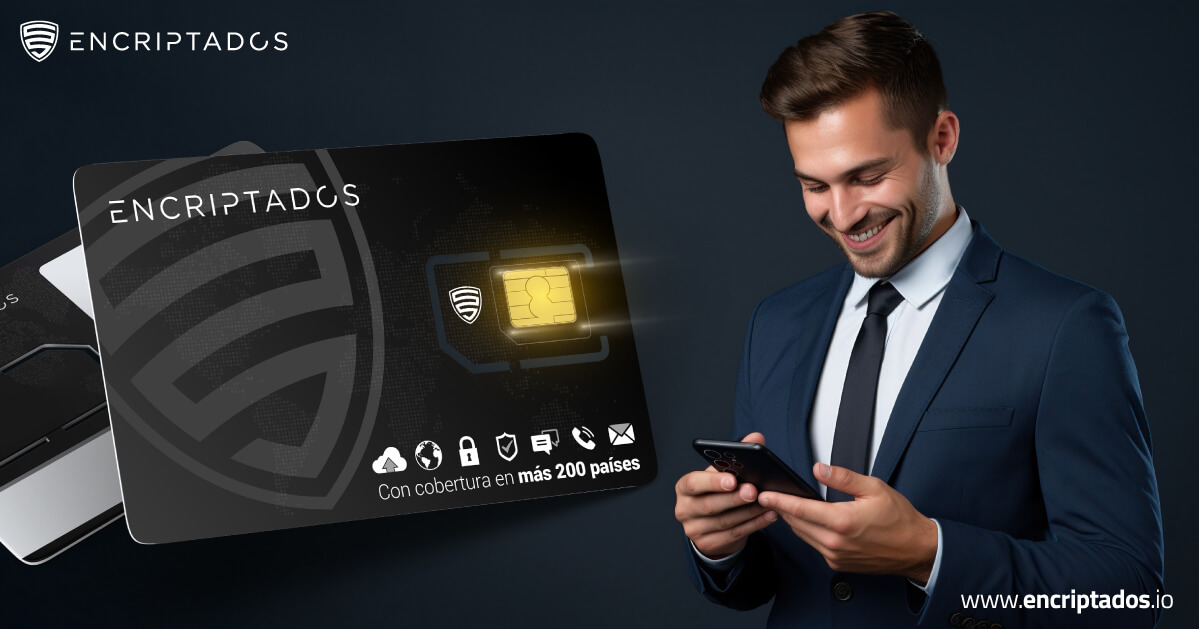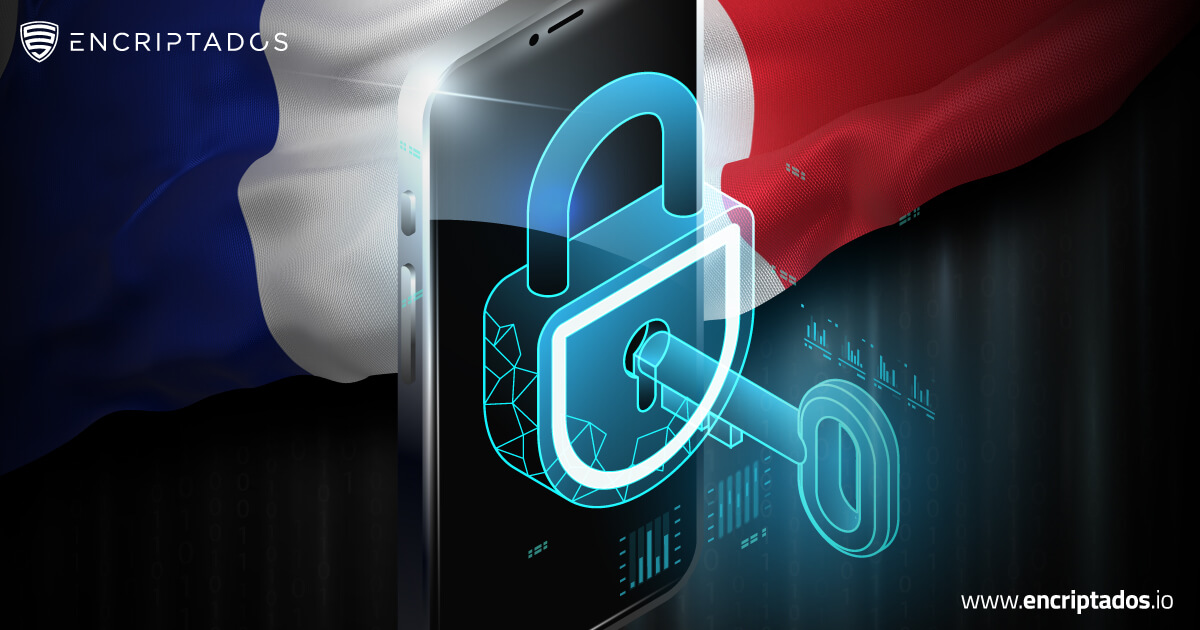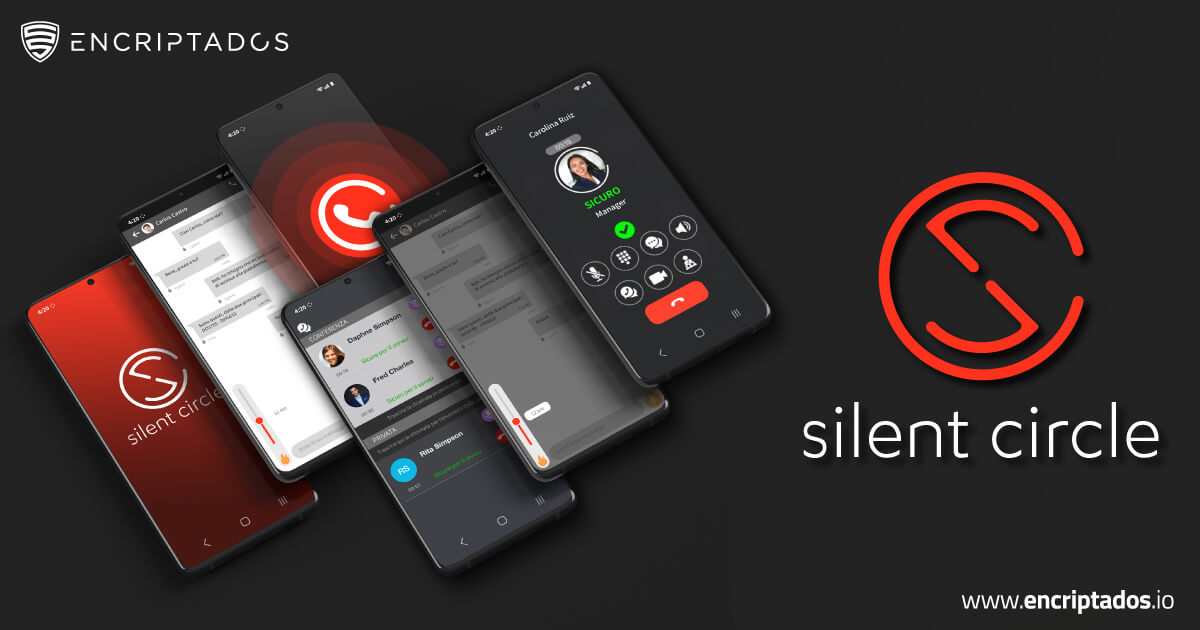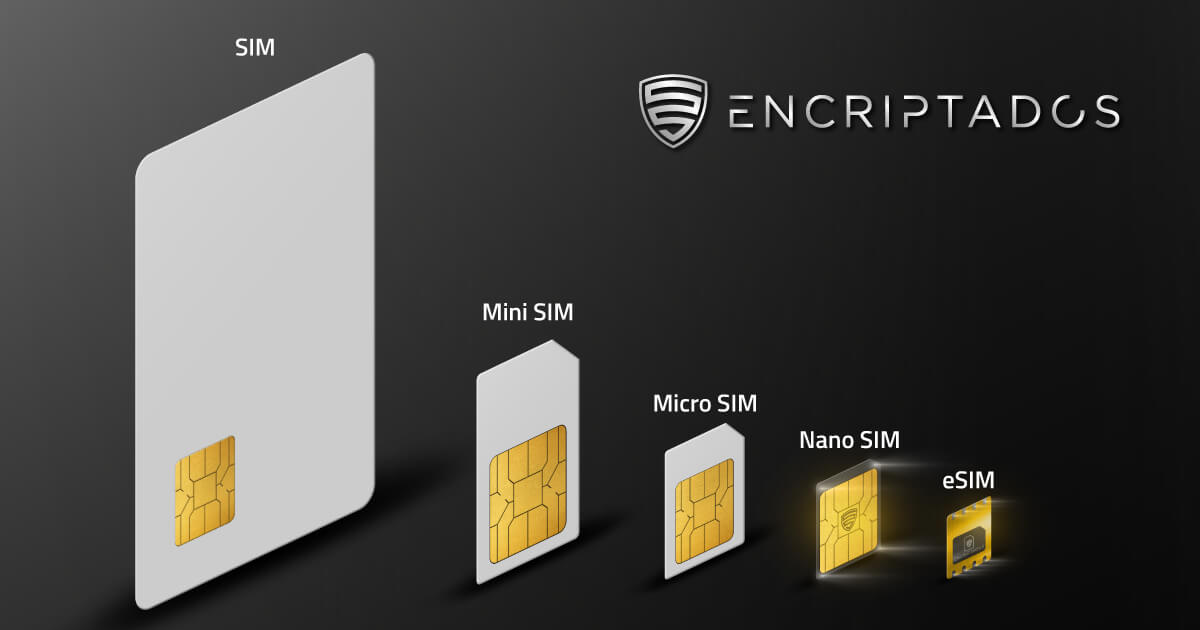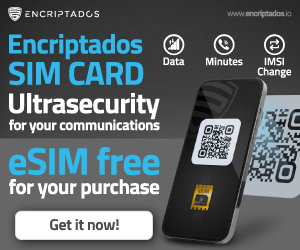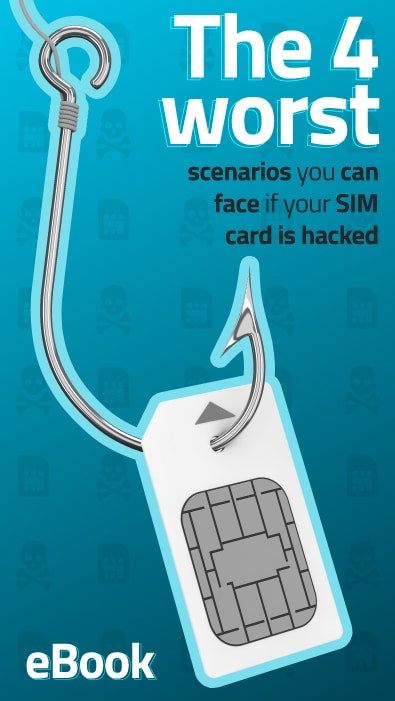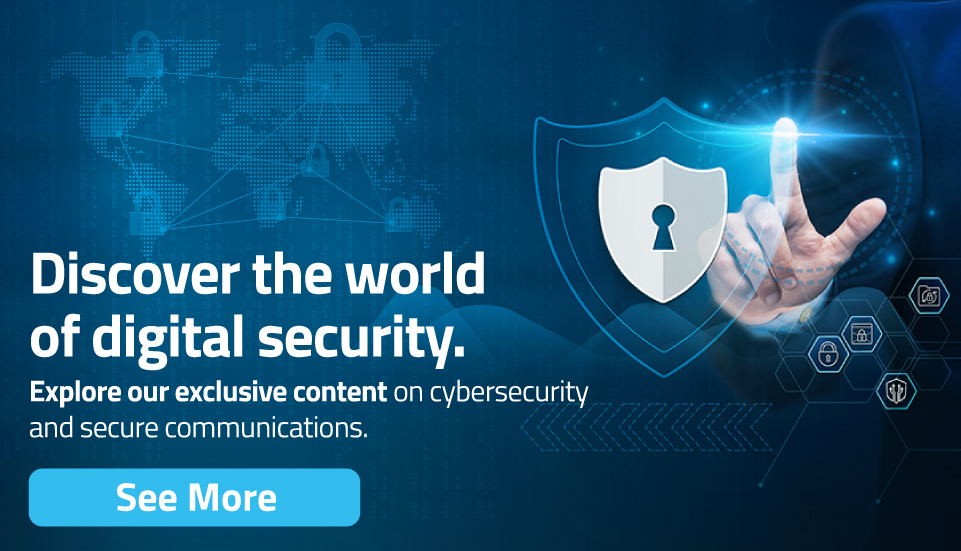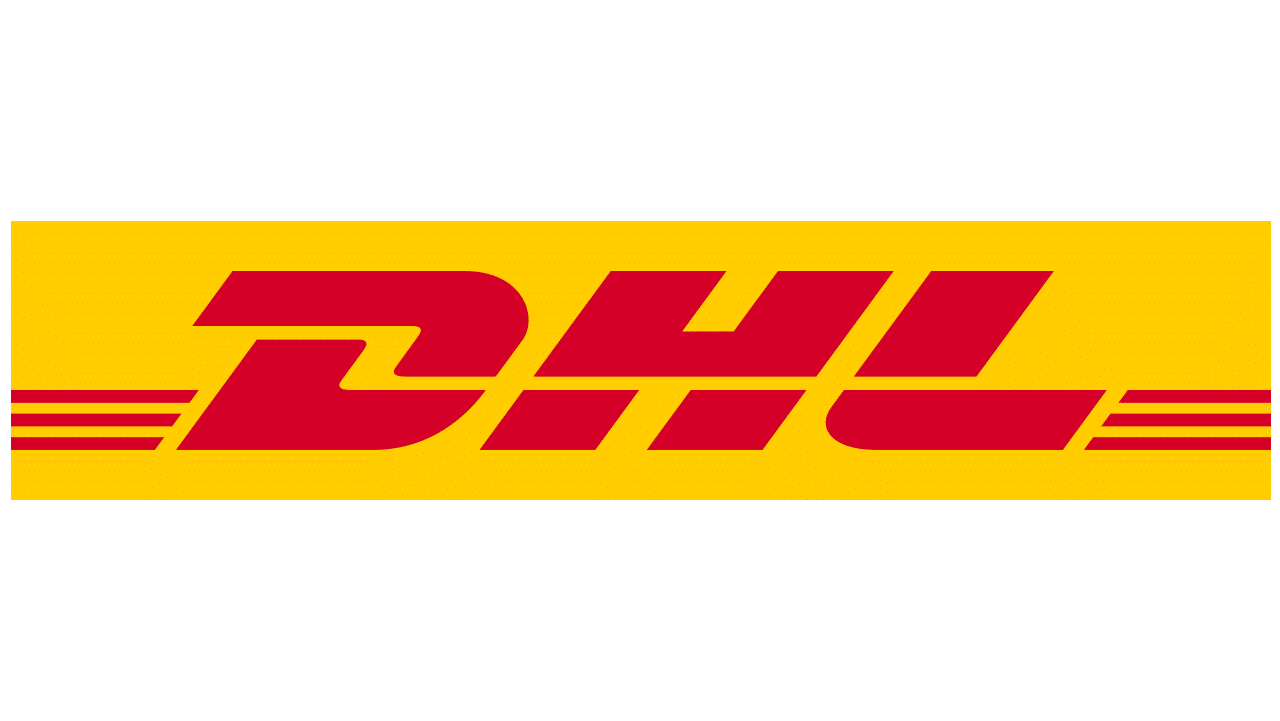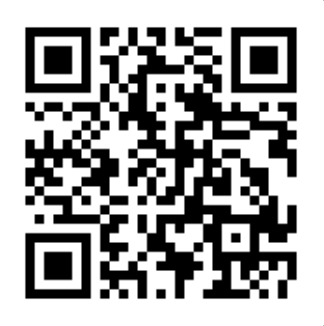Today’s children grow up with technology and integrate it into their daily lives from a very young age. Cell phones, tablets, computers and other devices surround the youngest members of the family and although the ideal is for parents to supervise their interaction with the network, sometimes it is difficult to do it all the time. Hence, it becomes important to teach them about cybersecurity.
Index
- Childhood and Technology
- Australia wants to implement cybersecurity subjects in primary and secondary education
- Meet Encrypted
Childhood and Technology
From a very young age, children learn to interact with technology, using a cell phone, browsing the internet or looking for video games is something normal and easy for them. They like to watch youtubers, search for content and make tiktoks. Many times they are the ones who instruct their parents or grandparents in handling an application or the device itself. However, they are still children and very few of them are aware of the importance of privacy and the risks that are run on the network with insecure applications, viruses, dangerous links or scams.
For this reason, thinking of cybersecurity as an important aspect to teach children is quite correct and in fact if we think about it, schools and colleges have been slow to implement this type of subject that is so important in the daily lives of children. infants.
Because of this, Australia has taken the initiative and is recently looking at a national curriculum where it wants to implement cybersecurity as an important subject in the education of children.

Australia wants to implement cybersecurity subjects in primary and secondary education
While several countries have indicated their intention or desire to implement cybersecurity as an important aspect of education, Australia seems to be taking the lead and could be the first country to do so in an organized way.
Currently, the country is in the process of analyzing and revising the national curriculum, where the most recent version includes a section that promises to teach children between the ages of 5 and 16 a series of aspects related to digital security, data and online privacy.
The approach would be gradual and would be done according to the age of the students. For example, children younger than 5 years old would be taught not to share information such as their full name or date of birth with strangers and to check with their parents when asked to enter personal information online.
Later at the age of 6 or 7, children would receive lessons on the correct use of usernames and creating passwords, as well as the risks of clicking on links or pop-ups. When they are starting high school, teachers will educate them on how to identify the personal data that can be stored by online services and how that factor can be used to know their identity or their location.
In high school, topics such as the importance of privacy, the use of nicknames when playing video games and how to identify if news is false or real on social networks will be covered.
It is not yet definitive that everything will be included in the curriculum, but it is undoubtedly a great advance and it would be very good if these topics began to be implemented in classrooms not only in Australia but throughout the world.
Meet Encrypted

Encryptados.io is a company specialized in secure communications. In our portfolio we have different tools to improve the cybersecurity of all our communications and internet connections.
You can find phones that are encrypted with military technology to ensure that everything going in and out of the phone is encrypted and fully protected from cybercriminals.
Also, you will find encrypted messaging applications with strict privacy policies and easy and safe features to use to chat, call, send documents or photos safely and calmly without reaching the hands of third parties.
Additionally, you can learn about the new Encrypted Sim , an encrypted sim card compatible with any IOS, Android, Windows or Blackberry device, which will provide a strong layer of security to connect and surf the internet, chat or make private and secure calls.
Browse the internet and communicate in peace. We protect your information.


